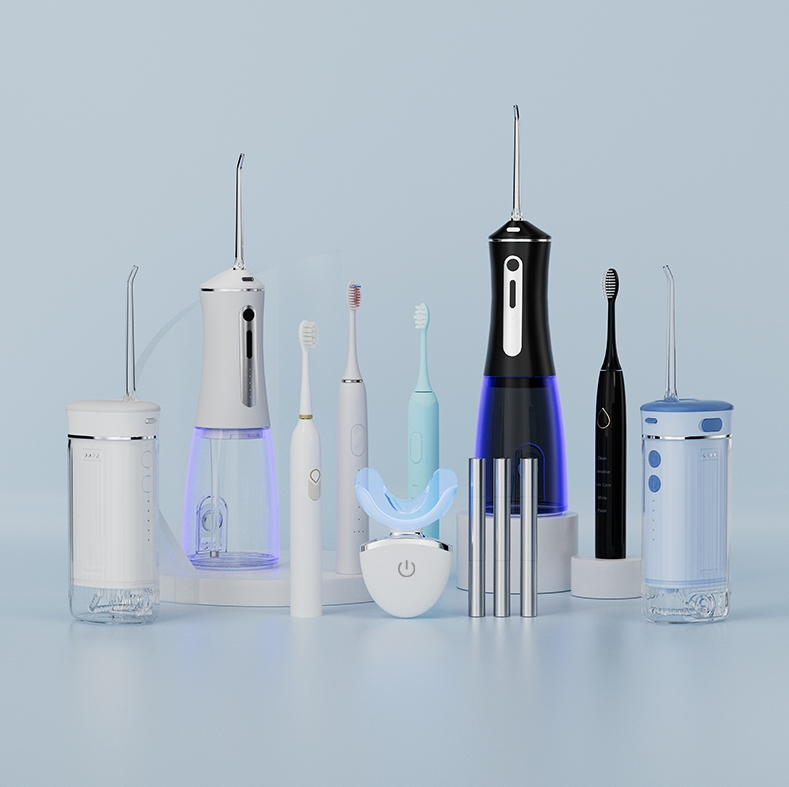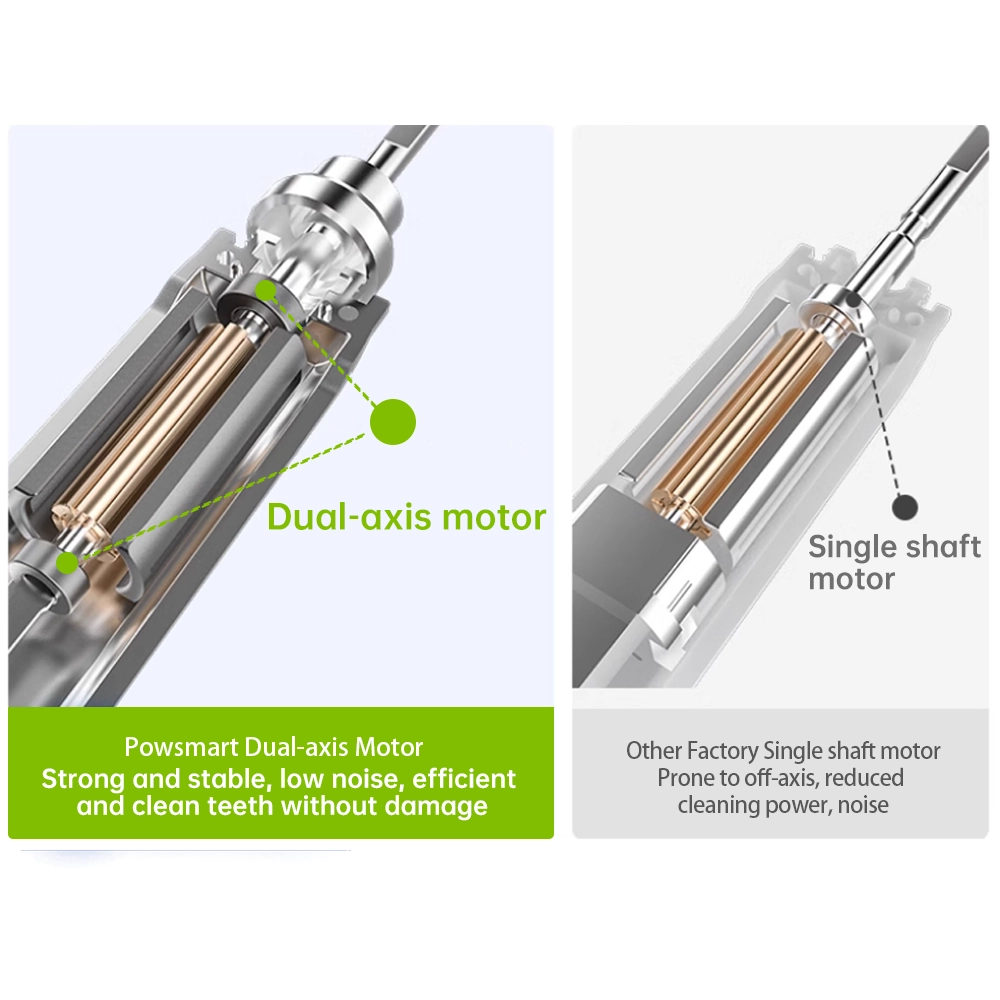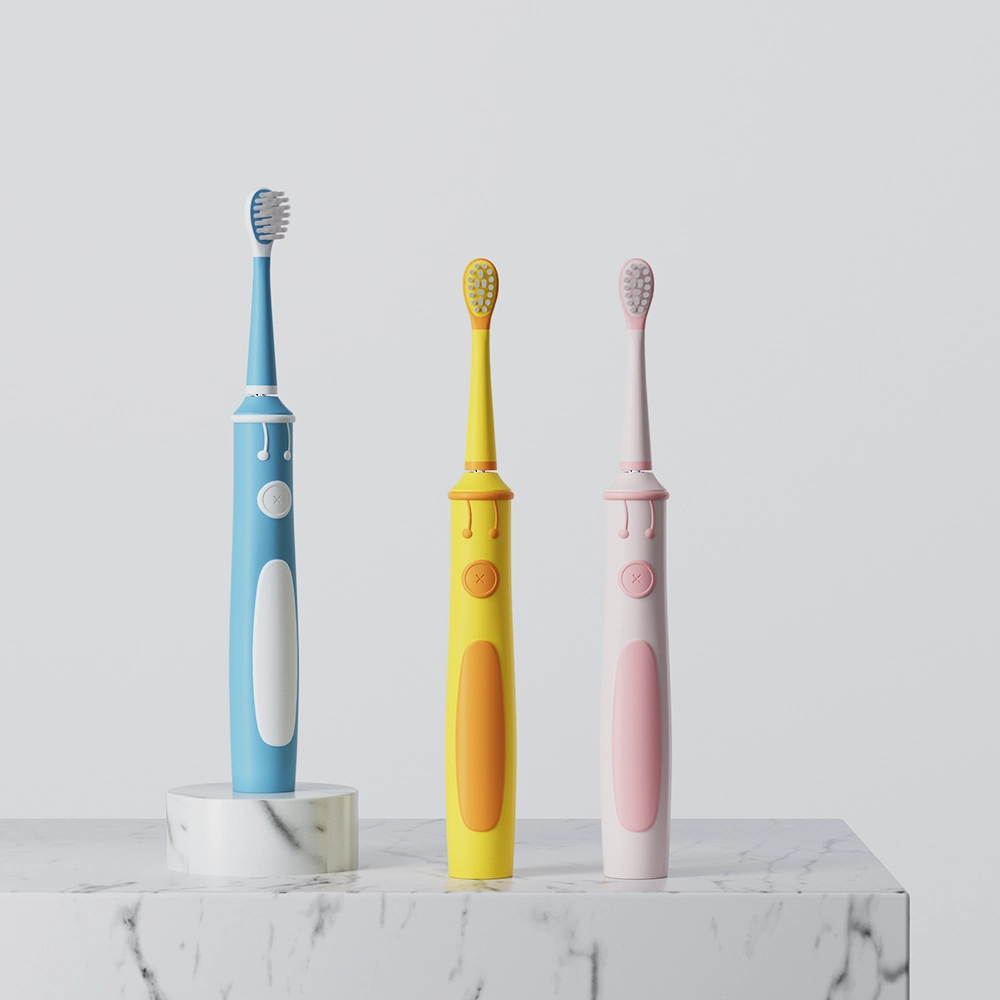As magnetic drive technology becomes a hallmark of advanced oral care, the Magnetic Levitation Toothbrush is increasingly seen as a premium solution offering efficient vibration with minimal mechanical resistance. However, reports of brush shedding—bristles loosening or falling off during use—raise concerns about whether the levitation system contributes to premature head degradation. This article investigates the core causes behind shedding incidents and how manufacturers can mitigate them while preserving levitation performance.
Unlike traditional DC motor toothbrushes, a Magnetic Levitation Toothbrush utilizes electromagnetic force to suspend and drive the brush head, resulting in:
This technology promises enhanced comfort and cleaning efficiency, especially in premium product segments.
Brush shedding typically refers to the premature detachment of bristles or brush tuft bundles from the head base. For manufacturers and OEM partners, this failure mode presents risks including:
Therefore, shedding is more than an aesthetic issue—it is a critical quality and compliance concern.
-300x300.jpg)
-300x300.jpg)
Though Magnetic Levitation Toothbrushes operate with fewer mechanical stress points, they introduce unique variables that may indirectly contribute to shedding:
These factors suggest that the issue lies not in levitation itself, but in the surrounding material and anchoring design.
To prevent brush shedding without compromising magnetic levitation performance, manufacturers can adopt the following:
Such adjustments allow levitation-powered toothbrushes to maintain structural durability even under prolonged vibration cycles.
Premium-level ODM production should integrate durability verification into the QA process:
These tests ensure that magnetic levitation performance does not compromise head integrity, especially in exported models.
In short, Magnetic Levitation Toothbrushes do not inherently cause brush shedding—but poor material selection, low-cost tufting methods, or lack of stress simulation testing can turn a premium device into a recall risk. As a B2B manufacturer or sourcing partner, choosing a supplier that integrates advanced motor design with meticulous bristle retention engineering is crucial.
By bridging innovation with structural durability, brands can confidently deliver high-tech oral care without sacrificing user trust. Contact us
.jpg)
Research on Consumers’ Preferences for the Functions and Prices of Electric Toothbrushes – From the Perspective of Suppliers
Do Bluetooth Disconnect and Stream Splitting Affect Device Precision Together?
How Does Cold Light Wavelength Affect Bleach Decomposition?
Do Noisy Water Flossers Pose Aspiration Risk?

Cost Structure Analysis and Risk Avoidance of Small Batch Trial Production for Whitening Teeth Devices
.jpg)
Best Smart Toothbrush Features for Bulk Buyers: A Supplier’s Guide

Multi-Function Electric Toothbrush Benefits for Family Oral Care

Smart Sonic Toothbrush Private Label: Complete OEM Services for Your Brand

Comparison of Sonic Vibration and Rotary Electric Toothbrush Technology

Does Children’s Cavity Prevention Brush Have App Connectivity Flaws?

Can an Electric Toothbrush Help Relieve Tooth Sensitivity?
Why Do Efficacy Comparisons Focus on Bleach Breakdown?
Oral Microbiome Impact from Color Relapse?
Can Unstable Vibration Worsen Tooth Sensitivity?
Why Is Allergen Testing Critical for Post-Whitening Diets?
Handle Grip Design Affecting Mucosal Irritation?

electric toothbrush heads Deep Clean

electric toothbrush heads Ultra Soft
.jpg)
Florida Electric Toothbrush – Powsmart PTR-C8

electric toothbrush heads Regular Clean

electric toothbrush heads Charcoal Infuse-Round

Electric toothbrush heads Charcoal Infused-Diamond

Customization Teeth Whitening Gel

Private Label Whitening Gel
whstapp
whstapp
National Toll-Free Service Hotline
+86 755 86238638